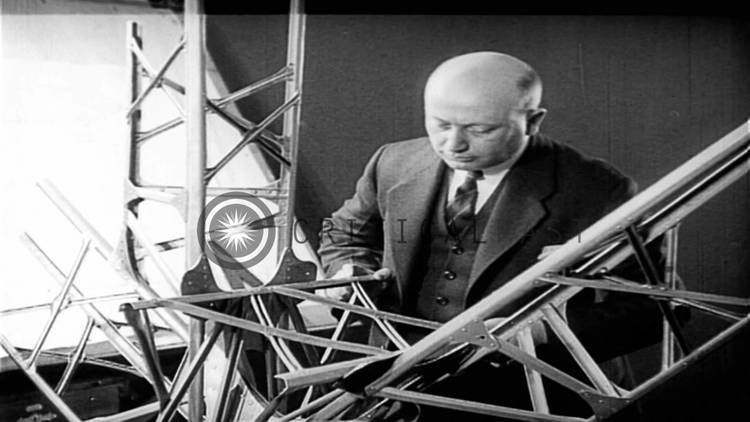Founded 1908 | ||
 | ||
Subsidiaries Zeppelin Power Systems GmbH & Co. KG | ||
Luftschiffbau zeppelin
Luftschiffbau Zeppelin GmbH is a German company which, during the early 20th century, was a leader in the design and manufacture of rigid airships, specifically of the Zeppelin type. The company was founded by Count Ferdinand von Zeppelin. 'Luftschiffbau' is a German word meaning building of airships.
Contents
History
Count von Zeppelin had been working on various guidable rigid airship prototypes from as early as 1885, and his first airship was flown in 1900. Initially finance for the research was supplied by the count himself, by private donations, and even a lottery. With the growing success of each flight, public interest also grew. In 1908, the Zeppelin LZ 4 was destroyed during a high-profile test flight. This proved fortunate, since it caused a flood of public support. The ensuing donation campaign collected over 6 million German marks which was used to set up both 'Luftschiffbau Zeppelin GmbH' and the Zeppelin foundation.
Luftschiffbau Zeppelin manufactured many Zeppelin airships for both civilian and military use over the next few decades. However, with the rise of the Nazis in 1933, focus shifted to 'heavier than air' aircraft, due to their military superiority (though Zeppelins were used in a number of major propaganda campaigns to great effect). By the onset of World War II, demand for the Zeppelins had waned. The last active vessel (LZ 130) was decommissioned early in the war and salvaged for its precious aluminium.
In the late 1920s to 1940, the company worked with Goodyear Tire and Rubber Company to build two Zeppelins in the United States and the Goodyear-Zeppelin Corporation was created to facilitate the relationship. The partnership ended after World War II began, but the American company continued to build blimps under the Goodyear name.
As a consequence of accepting 11 million marks from Goebbels' Ministry of Propaganda and Goering's Air Ministry, the company was effectively divided, with Luftschiffbau Zeppelin making the airships and the Deutsche Zeppelin-Reederei company (affiliated with Lufthansa) operating them. Officially, Hugo Eckener was the head of both, but in practice Ernst Lehmann, who was less opposed to the Nazi regime, ran the latter.
V-2 rocket production
Luftschiffbau Zeppelin stopped manufacturing in 1938 and operations by 1940. In the autumn of 1941, the company had accepted contracts to produce V-2 rocket propellant tanks and fuselage sections. By 17 August 1942, the Allies had suspected that the Zeppelin Works in Friedrichshafen (as well as the Henschel Raxwerke) were involved with the V-2 rocket, and on 25 July 1943, Duncan Sandys reported that Friedrichshafen photos depicted rocket firing sites like Test Stand VII at Peenemünde. Previously in June 1943, Allied bombing during Operation Bellicose had hit the Zeppelin V-2 facility, and production was subsequently moved to the Mittelwerk.
The company continued during the war and disappeared sometime around 1945.
Almost 50 years later, the company re-emerged in Germany. The parent group company of the current Zeppelin maker was re-established in 1993 and the operating company producing the current Zeppelins was created in 2001.
Luftschiffbau Zeppelin GmbH still exists as of 2010, and is a major shareholder in the company ZLT Zeppelin Luftschifftechnik GmbH which is developing and producing the Zeppelin NT.
